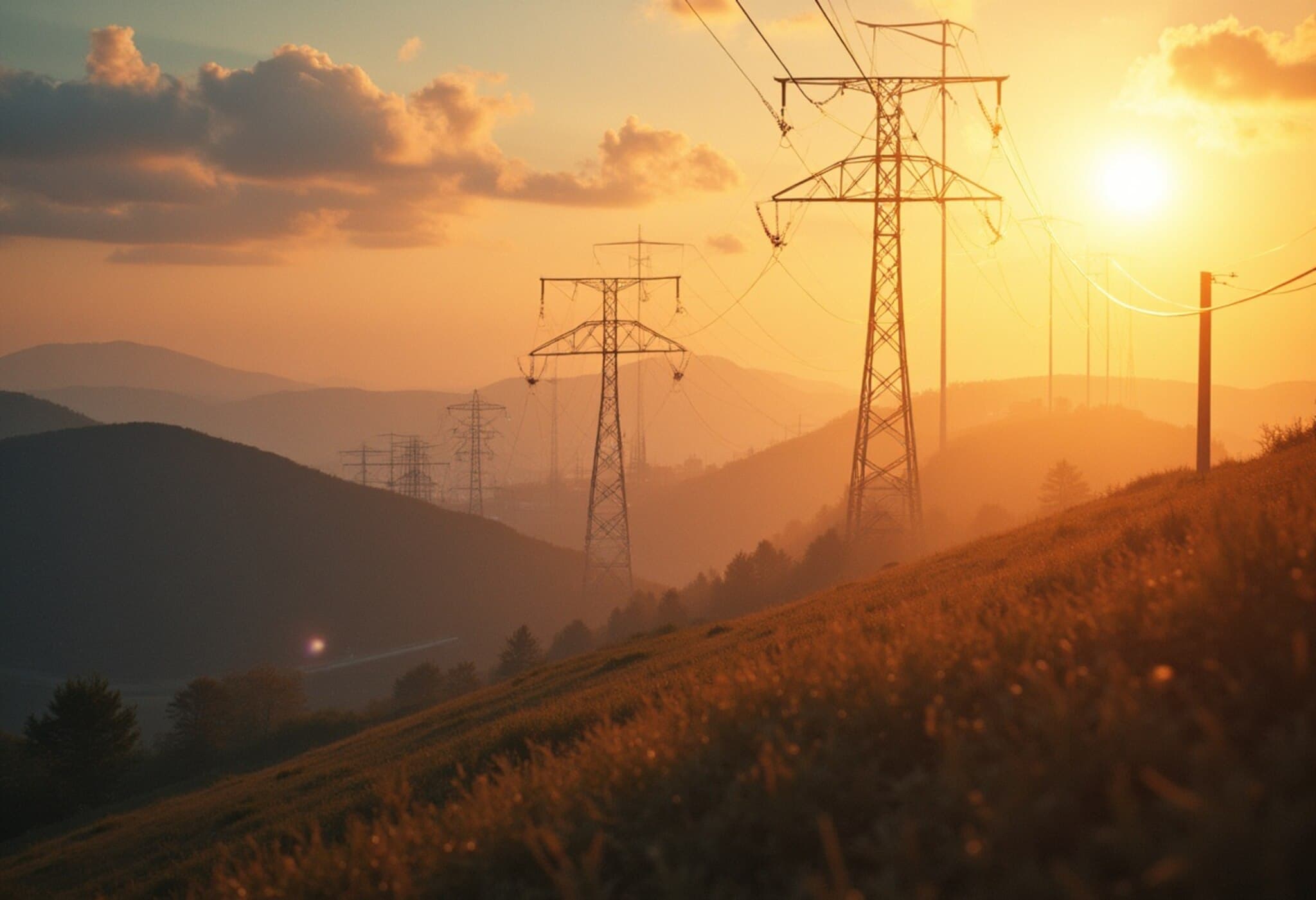Europe’s Unrelenting Heat Waves Trigger Demand Boom for Air Conditioning
As Europe endures record-breaking heat waves and longer summer seasons, the continent is witnessing an unprecedented surge in demand for air conditioning (AC) units. Temperatures soaring to nearly 39°C in Paris this summer underscore a growing urgency to reevaluate how Europe cools its homes, hospitals, and data centers to keep pace with intensifying climate realities.
The Cooling Gap: Europe vs. The U.S.
According to the International Energy Agency (IEA), only about 20% of European households currently own air conditioning units — a stark contrast to the United States, where penetration reaches 90% as per the U.S. Energy Information Administration. Yet, this landscape is rapidly evolving. Paolo Spranzi, partner at McKinsey & Company, told CNBC that the recent heat waves have accelerated European consumers' embrace of cooling technologies, especially in the northern regions where AC ownership has historically been low.
“We're witnessing a clear shift driven by more frequent and longer-lasting heat events,” Spranzi notes, highlighting that what was once considered a luxury is rapidly becoming a necessity for many Europeans.
The Invisible Strain on Europe’s Energy Grids
While policy discussions usually zero in on emissions from vehicles and aviation, the energy demand from cooling systems often flies under the radar. This sector, however, accounts for a significant portion of electricity consumption and could see its demand nearly triple by 2050 if left unchecked, warns the IEA.
Cooling — alongside heating — of buildings contributes to approximately 20% of global carbon dioxide emissions, making it a critical battleground in sustainability efforts. As Spranzi emphasizes, “Advancements in energy-efficient air conditioners are not just about comfort; they’re a pivotal part of reducing the global carbon footprint.”
Energy Security Concerns Amid Rising Demand
France’s recent electricity spike — 25% above average during the hottest months — spotlights the vulnerability of Europe’s energy infrastructure. Earlier power outages spanning Spain, Portugal, and southern France further exposed the fragility of grids in the face of surging demand for cooling.
“Electricity is expensive in Europe, and air conditioning was often dismissed as a luxury or waste of money,” Spranzi explains. “But with more people working from home and younger generations rejecting that mindset, usage is climbing fast.”
Dynamics Behind Cooling Adoption
- Income & Cultural Shifts: Access to cooling remains uneven. Northern European countries like France and Germany report lower AC penetration (18-26% and 19%, respectively), while warmer southern countries such as Spain, Italy, and Greece enjoy much higher adoption rates, reaching up to 60%.
- Market Trends: Demand for portable AC units is soaring, often resulting in extended wait times, while installation of full home systems grows steadily but more slowly due to higher costs and longer deployment times.
- Corporate & Commercial Growth: Beyond households, the commercial sector — especially data centers and healthcare facilities — is ramping up investment in advanced HVAC (heating, ventilation, and air conditioning) technologies to manage temperature-sensitive equipment effectively.
Emerging Technologies and Policy Drivers
The rise of heat pumps is revolutionizing Europe’s approach to both heating and cooling, combining these needs into a single, efficient technology. Governments across the EU are incentivizing households to adopt heat pumps, fueling what experts agree is a market set to expand dramatically.
Katie McGinty, Johnson Controls' Chief Sustainability Officer, highlights the role HVAC innovations play in facilitating digital transformation: “As AI adoption accelerates, efficient cooling of data centers becomes not just a technical requirement, but a sustainability imperative.”
Meanwhile, McKinsey’s Spranzi points to significant consolidation and investment activity in the HVAC sector, indicating a competitive push for greener, smarter, and integrated products.
Balancing Grid Load and Future Outlooks
Diego Hernandez Diaz, McKinsey energy specialist, paints a nuanced picture of Europe’s electricity load growth. While rising adoption of cooling technologies is expected to push demand up, efficiency gains and the ongoing decline in industrial electricity consumption may offset these increases.
“This creates a rebalancing act rather than a straightforward surge,” Diaz explains. He warns, however, that if large-scale adoption of portable AC units happens abruptly — especially in countries with grids not built for heavy electrical heating or cooling loads like Germany — infrastructure could face serious stress.
Countries with nuclear-heavy energy mixes and established electric heating, like France, may weather this transition more smoothly. Still, the urgent need to expand and modernize the European grid is clear, particularly to accommodate the growing demands of cooling, electric vehicles, and industry electrification.
Looking Ahead: Challenges and Opportunities
- Environmental Impact: How quickly can Europe pivot towards energy-efficient, low-carbon cooling solutions to mitigate emissions?
- Energy Equity: What strategies will ensure equitable access to cooling technologies across different socioeconomic groups?
- Infrastructure Resilience: Are European power grids adequately prepared to handle cyclical spikes and sustained rises in cooling demand?
- Policy Innovation: Could regulatory frameworks accelerate the adoption of smart, green HVAC systems while ensuring affordability?
Editor’s Note
Europe stands at a crossroads where escalating temperatures and evolving cultural norms are rapidly reshaping the continent’s energy landscape. Though air conditioning has long been a symbol of luxury here, it is becoming an essential service amid climate change. This transition presents a dual challenge: managing the environmental impact of increased energy use while ensuring that infrastructure and policy frameworks keep pace.
The spotlight on cooling technologies reveals broader themes of equity, innovation, and resilience that will define Europe’s path towards a sustainable energy future. Stakeholders from policymakers to industry leaders must collaborate to turn this moment of heat-induced urgency into an opportunity for smart, inclusive, and environmentally responsible progress.



















